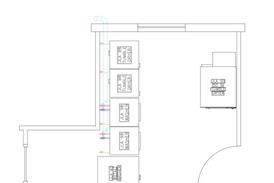Close menu
- Home
- News
- Fuel
- Retail
-
Shop
- Back to parent navigation item
- Shop
- Shop Suppliers
- Alcohol
- Batteries
- Breakfast
- Car Care & Lubricants
- Chilled & fresh
- Confectionery
- Food to go
- Health & Beauty
- Hot Beverages
- Ice cream & frozen
- Mint & Gum
- Sandwiches & Snacks
- Seasonal
- Soft drinks
- Tobacco & Vaping
- Focus On Features
- A to Z of all Subjects
- Equipment
- Events
- Vision
- Newsletters
Chilled & fresh: Cool customers
2012-07-03T00:00:00
The forecourt shopper’s main reason for visiting a site is still to top up with fuel. But, according to Him’s Convenience Tracking Programme survey of 22,000 shoppers, the second reason is for ’newsagent’ items such as tobacco and newspapers, followed by food-to-go, top-up items and treats. These latter three categories ...
Already registered? Please log-in here
To continue reading, register for free today
With free guest access you can:
- Read unlimited articles
- Access the Fuel Market Review
- Read the latest Top 50 Indies report
- Sign-up for our newsletter

















